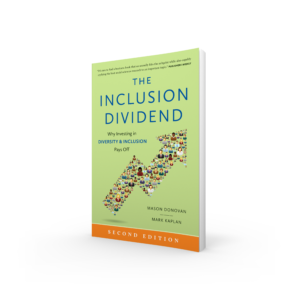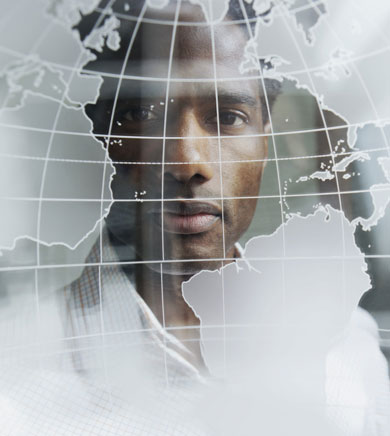 In The Dagoba Group’s Amplifying Affinity program we work with corporations to optimize their Employee Resource Groups (ERGs and aka Affinity Groups). These groups are formed to create a forum on a specific dimension of diversity. The intent is often to discuss issues common to a group identity such as gender, ethnicity, sexual orientation, age or ableness. They are leveraged by corporations to forward the diversity and inclusion discussion. It is not uncommon for ERGs or parts of them (like a field branch) to fail or more likely fade out of existence even when there are considerable resources and attention given to make them thrive. There are a number of reasons why these groups do not blossom which we will focus in future ERG posts.
In The Dagoba Group’s Amplifying Affinity program we work with corporations to optimize their Employee Resource Groups (ERGs and aka Affinity Groups). These groups are formed to create a forum on a specific dimension of diversity. The intent is often to discuss issues common to a group identity such as gender, ethnicity, sexual orientation, age or ableness. They are leveraged by corporations to forward the diversity and inclusion discussion. It is not uncommon for ERGs or parts of them (like a field branch) to fail or more likely fade out of existence even when there are considerable resources and attention given to make them thrive. There are a number of reasons why these groups do not blossom which we will focus in future ERG posts.
However, for the purposes of this blog we want to focus on one failure aspect often overlooked: the lack of inclusion.
How could an entity born out of the need for more diversity and inclusion fail because of the lack of inclusion? The answer may lie in insider-outsider dynamics. Insider groups are those with more power and less information. Think of an elephant and a mouse. Ask the elephant how much it knows about the mouse and it probably would not be that much because the mouse is not seen as having a significant impact. Now ask the mouse how much it knows about the elephant and it can go into detail on the elephant’s movements, likes and moods. The mouse knows the power of the elephant could at any time destroy it.
In the corporate world, insiders are those in senior executive positions who are often part of the majority group within the company. For example, the insider group for a company like Facebook would be white middle-age males with a slant towards a software background. You could most likely paint a quick picture of the insider group for your company. A Women’s ERG would be a group of outsiders in Facebook. The power and knowledge dynamics work in unison with the insider-outsider philosophy.
Although an ERG allows for a group of “outsiders” to gather on common issues, the exclusion of “insiders” will deny the group power and credibility. To draw out the example above, if the Women’s ERG does not develop a strong male ally program and engage male executive leaders on their issues, they are more likely to develop an echo chamber instead of a tool for change. The inclusion of insider groups as part of an ally reach out program will make the ERG stronger on all fronts. When “insiders” (men in this example) are encouraging change on “outsider” (women in this example) issues, there is more credibility and effective change. The group will often see higher budget and corporate integration.
There is a balancing act. The outsiders still need to control their ERG. There is a fine line between developing a highly engaging ally program, while still retaining control and keeping to the goals of the ERG. By focusing on inclusion within their group, the ERG helps to emanate inclusion within the organization while also fostering a stronger ERG.



Recent Comments